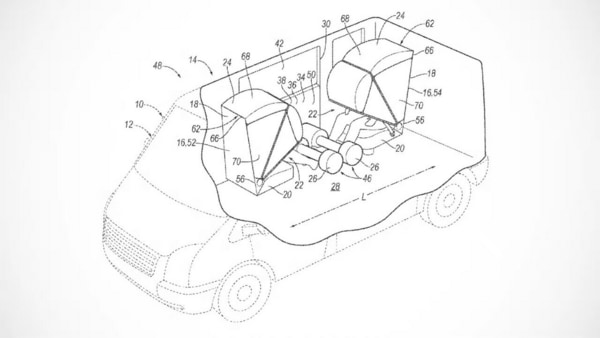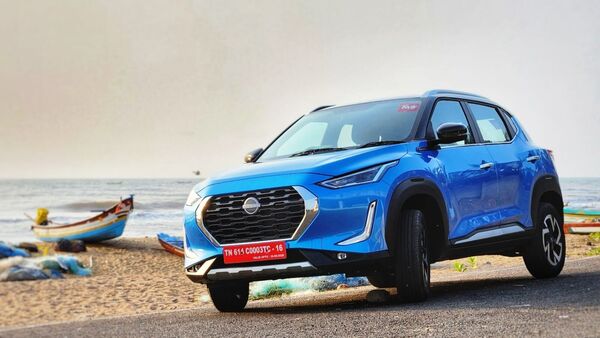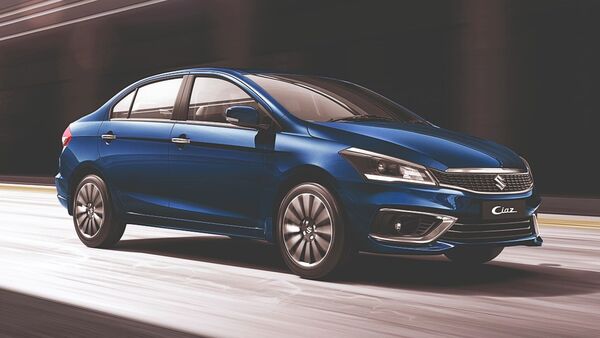
Ford dives into safety quotient of autonomous vehicles. Here's how
10 days ago | 16 Views
As autonomous vehicles evolve, ensuring passenger safety becomes increasingly complex. Ford's recent patent filing for overhead and knee airbags tailored for autonomous vehicles with swivelling seats highlights the industry's proactive approach to safety in these innovative vehicles.
The patents, discovered by Ford Authority and published on April 16, 2024, reveal expansive airbags designed to deploy from overhead and one side of a seat, providing comprehensive protection for a passenger's upper body and lower limbs.
The need for novel airbag designs stems from the unique features of autonomous cars, which are expected to feature seats capable of various movements, including rotating 180 degrees or reclining fully for passenger comfort and convenience. Traditional airbag designs rely on passengers being in predictable positions and distances from the airbag, a scenario that changes significantly with the flexible seating arrangements in autonomous vehicles.
Airbags have been use in the cars for decades. The 1973 Oldsmobile Toronado was the first car to be equipped with passenger airbags, marking General Motors (GM) as one of the pioneering car manufacturers in airbag technology. Over the years, airbag technology has evolved considerably, becoming more efficient, reliable, and safer. This technology has played a crucial role in saving lives in numerous car crashes worldwide.
Mercedes-Benz has also explored airbag innovations, particularly for reclining seats, to address potential occupant positions during a collision in autonomous cars. Ford's experimentation with airbags includes rear inflatable seatbelt airbags, which were standard in the Spanish-built Ford Mondeo large hatch and wagon models sold between 2016 and 2020.
These airbags, designed to protect a rear-seat passenger's chest, stay inflated for approximately six seconds to provide sustained protection in prolonged events like vehicle roll-overs. Additionally, they tighten the seatbelt to reduce the risk of head injuries.
Ford's approach to airbag design is part of a broader industry-wide effort to address the safety challenges posed by autonomous vehicles. While Ford is making strides in airbag innovation, it's worth noting their recent patent application for an "electric car" burnout mode, indicating a balancing act between safety advancements and performance enhancements in their vehicle lineup.
Read Also: skoda finalises 10 names for its new sub-compact suv for india ahead of debut

















